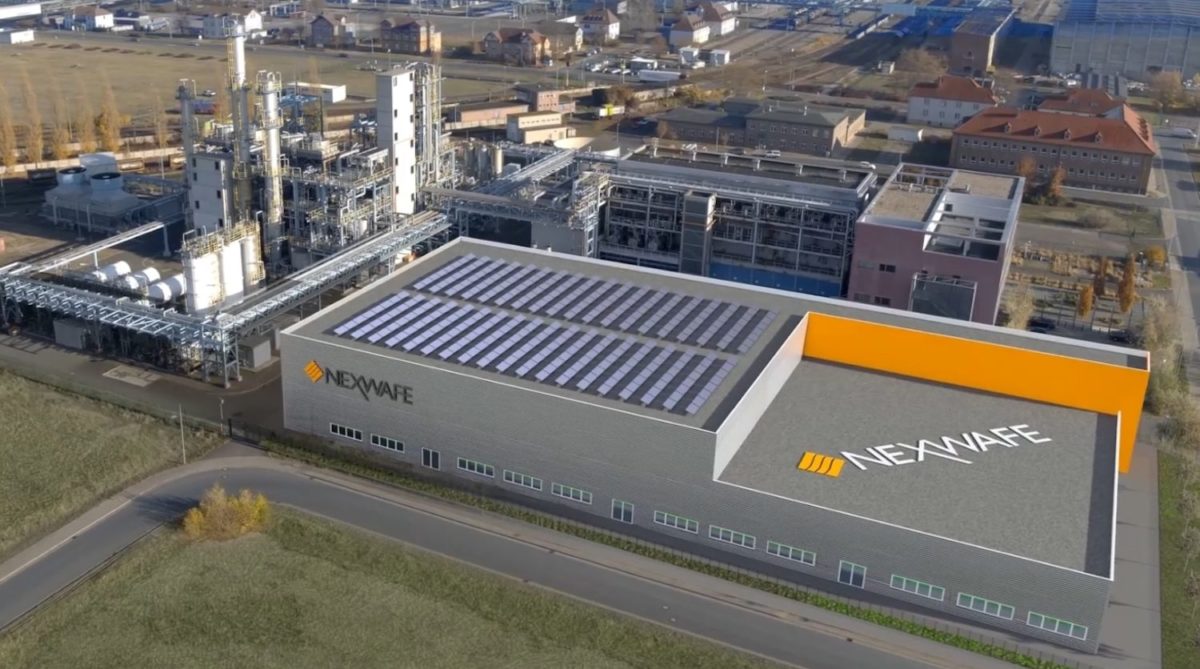From pv magazine Germany
Nexwafe said this week that it has secured €10 million ($11.9 million) in a recent B-series financing round.
Existing shareholders and new investors took part in the funding round. The participants included Fraunhofer, Saudi Aramco Energy Ventures, GAP Technology Holding, Lynwood Schweiz, and Bantina Invest.
Nexwafe said that it intends to use the capital to advance the commercialization of its wafer technology and to begin pilot production. The manufacturer claimed that its EpiWafers technology could help module producers to achieve dramatically higher degrees of efficiency, without having to upgrade their production lines.
It has also claimed that its technology can enable the production of ultra-thin wafers. It has already demonstrated this on its pilot line in Freiburg, Germany. In addition to ultra-thin wafers, Nexwafe plans to use tandem architectures in the future.
Popular content
The company is currently talking to potential partners about the commercialization of its wafer technology, it said. CEO Davor Sutija is overseeing these efforts, the company added.
In addition, Nexwafe announced a number of changes this week. Its board chairman, Peter Pauli, plans to resign, but will remain with the company as a shareholder. Bart Markus, who has been a member of the Nexwafe board of directors since 2019, is set to succeed him as chairman.
“Now, with this new funding and our new CEO at the helm, we will be able to take the company to the next level, both in technology readiness with the pilot line and in commercializing the technology,” Markus said.
This content is protected by copyright and may not be reused. If you want to cooperate with us and would like to reuse some of our content, please contact: editors@pv-magazine.com.



1 comment
By submitting this form you agree to pv magazine using your data for the purposes of publishing your comment.
Your personal data will only be disclosed or otherwise transmitted to third parties for the purposes of spam filtering or if this is necessary for technical maintenance of the website. Any other transfer to third parties will not take place unless this is justified on the basis of applicable data protection regulations or if pv magazine is legally obliged to do so.
You may revoke this consent at any time with effect for the future, in which case your personal data will be deleted immediately. Otherwise, your data will be deleted if pv magazine has processed your request or the purpose of data storage is fulfilled.
Further information on data privacy can be found in our Data Protection Policy.